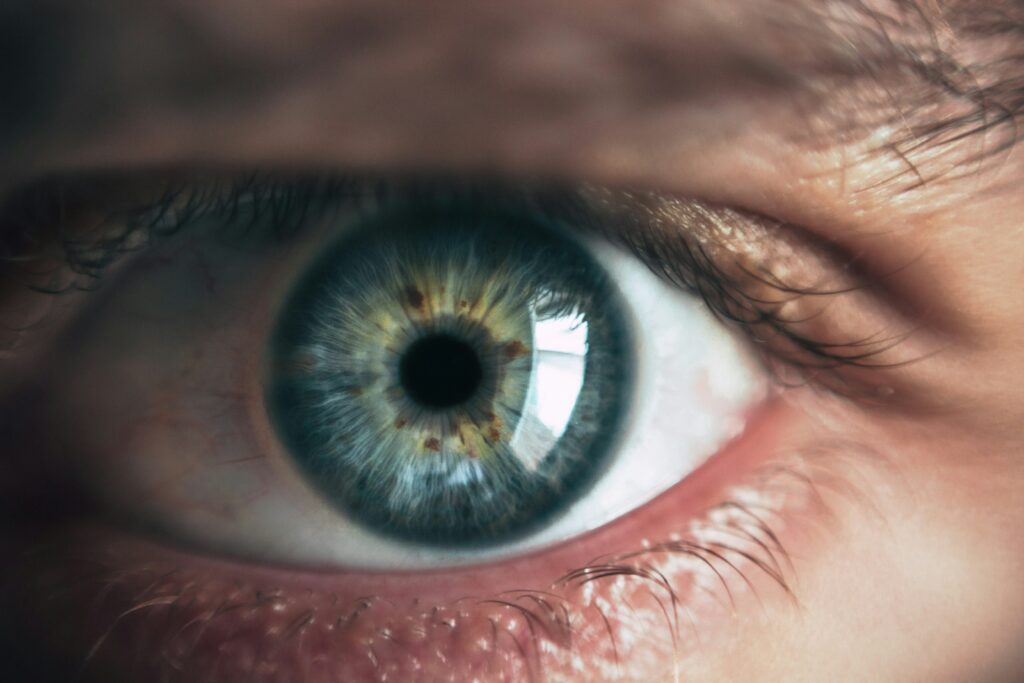When people are considering laser vision correction, it’s common to have many questions. These are some of the most commonly addressed questions that Dr. Bennett Walton gets from patients.

- Is LASIK the same thing as Laser Cataract Surgery?
No, LASIK and Laser Cataract Surgery are not the same. It’s typically cataract patients who ask this question, because laser eye surgery might sound similar to those who don’t deal with eyes all day every day. While both LASIK and laser cataract surgery use laser light to change the vision, they do so in very different ways, on different parts of the eye, and with different lasers. Laser Cataract Surgery involves using a laser to assist in replacement of a cloudy natural lens from the middle of the eye. It is a different laser from the reshaping laser used for LASIK on the cornea. - How does LASIK work?
LASIK is in all caps because it stands for for laser-assisted in situ keratomileusis – not a great ring to it, right? It involves using a laser to reshape the cornea, or front windshield of the eye. A very tiny amount of tissue is removed, and the tissue depth is measured in microns, or thousandths of a millimeter. The end result is that the cornea after LASIK now has a better shape to get incoming light focused on the retina, which is the part of the eye at the back that sends the visual signal to the brain.
Modern LASIK at Bennett Walton Vision is very different from early LASIK, which was first performed in the United States in the early 1990s. While LASIK has improved quality of life for many millions of people over more than 30 years, modern LASIK at Bennett Walton Vision uses advanced shape-changing lasers that leave a better visual quality than earlier versions. Additionally, Bennett Walton Vision uses a second laser to make the normal flap of protective corneal tissue, rather than a metal blade, which is still used at some discount LASIK chains.
To state the obvious, we do not recommend discount LASIK technology for your vision. - Does LASIK hurt?
Since numbing drops are used to turn off pain receptors, LASIK is typically not associated with any significant pain. There is some pressure from the stabilizing suction, so patients often feel pressure for a few seconds during a part of the procedure.
- Can LASIK treat astigmatism?
Yes, LASIK can treat most people’s astigmatism. Astigmatism simply means more curvature in one direction than another, like the slightly warped reflection in a tablespoon. Zero astigmatism would be like a perfectly round soup spoon: the same curvature in all directions.
Many people think they are not candidates for LASIK because of their astigmatism, as it’s a common LASIK myth, but LASIK can treat most astigmatism. - Am I a candidate for LASIK?
To be a candidate, someone must have a stable vision prescription, be over 18 years of age, and generally have a healthy eye. Bennett Walton Vision offers free LASIK screenings, and we are able to take some advanced three-dimensional measurements of your eyes to help make the wisest recommendation for your vision. If you’d like: schedule a LASIK screening, so we can help advise you regarding the many methods of vision correction, which we offer to make a personalized plan to maximize your vision:
LASIK
Photorefractive keratectomy (PRK) – a “cousin” of LASIK
EVO ICL
Custom Lens Replacement (CLR) – replacing the natural lens inside of the eye with a new, man-made lens. - Does LASIK wear off? Or how long does LASIK last?
When people think that LASIK has worn off, there are typically a few things that may have happened. In the vast majority of cases, the LASIK has not actually worn off. To explain this further, most people who have LASIK were nearsighted beforehand – i.e., they can see near without glasses or contacts, but they need “minus power” glasses or contacts to see far away. Therefore, the cornea has been flattened to reduce the “excess” focusing power that puts light in focus in front of the retina, rather than on the retina.
When a cornea has been intentionally flattened by LASIK to reduce or eliminate nearsightedness, it tends to stay flatter forever. While there are rare exceptions, including keratoconus or ectasia, most of the changes people experience in the decades after their LASIK are related to the natural lens inside the eye.
The natural lens, which is flexible and clear when we’re young, is behind the iris or colored part of the eye. Starting in our 40s, most people begin to notice that we start needing reading glasses or bifocals due to the natural lens’s gradual stiffening. This process, called presbyopia, occurs regardless of whether someone does LASIK.
Not only does the natural lens in the middle of the eye go from clear and flexible to stiff, but it also becomes cloudy over time, at which point we call it a cataract. Everyone gets cataracts if we live long enough, and gradual cataract formation blurs and changes the vision.
For the above reasons, people who are nearsighted and have LASIK tend to have long lasting myopia reduction. Myopic LASIK does not typically “wear off.”
Have you been considering LASIK for a long time? It’s time to see better. Call or text us at 713-893-2020 to make an appointment, or simply scroll down to contact us.

